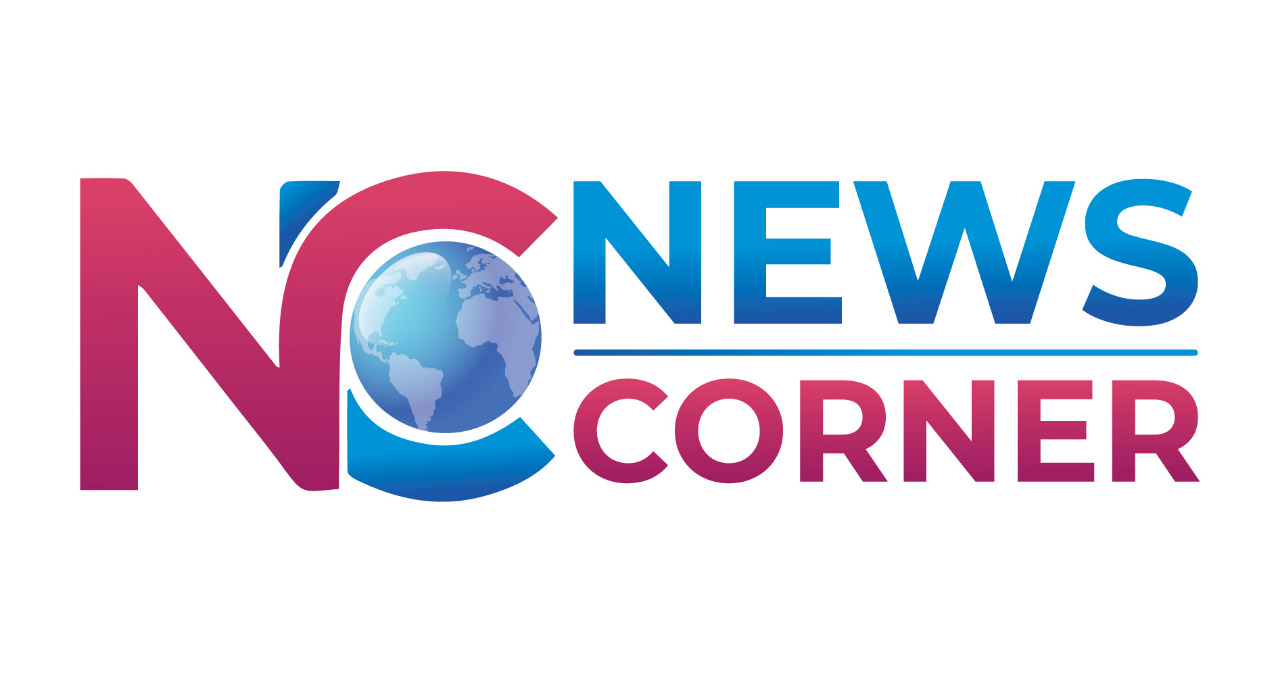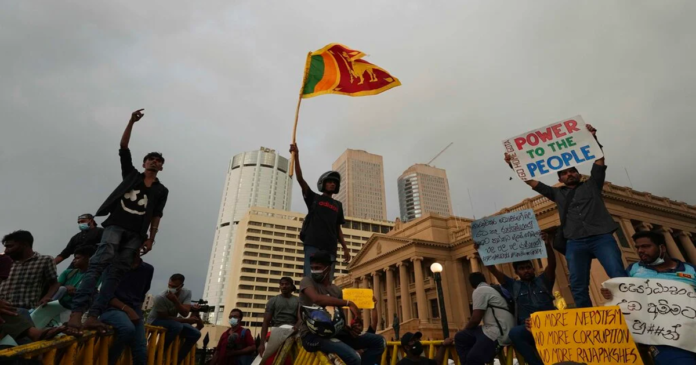The country’s crisis-stricken inflation rate dropped to 4.0 percent in August, the lowest level since before last year’s extraordinary financial catastrophe.
Sri Lanka records lowest inflation: The island country suffered from food, gasoline, and medical shortages for months as a result of a foreign exchange crisis that led to massive unrest and the president’s removal.
However, since the crisis’ climax in September of last year, headline inflation has decreased from 69.8 percent to 6.3 percent, signalling the end of the crisis.
The medium-term trend of the figure is expected to go lower, according to Sri Lanka’s central bank.
Last year, the nation defaulted on its $46 billion in foreign debt; however, in March, the International Monetary Fund granted it a four-year, $2.9 billion rescue package.
“This month, an IMF delegation plans to visit Colombo to evaluate Sri Lanka’s financial recovery efforts and determine the release of a new $330 million loan tranche.”
The world’s last resort lender acknowledged the presence of “tentative signs of improvement” in Sri Lanka’s economy but cautioned that more difficult measures were still necessary.
A mob of demonstrators invaded his residence and overthrew the then-president, Gotabaya Rajapaksa, due to months of social turmoil brought on by the economic crisis last year.
To increase state revenue, his successor Ranil Wickremesinghe has hiked taxes, eliminated significant energy subsidies, and sharply increased prices.
With effect from Friday, the government increased the price of petrol and diesel gasoline by up to 11.2 percent.

